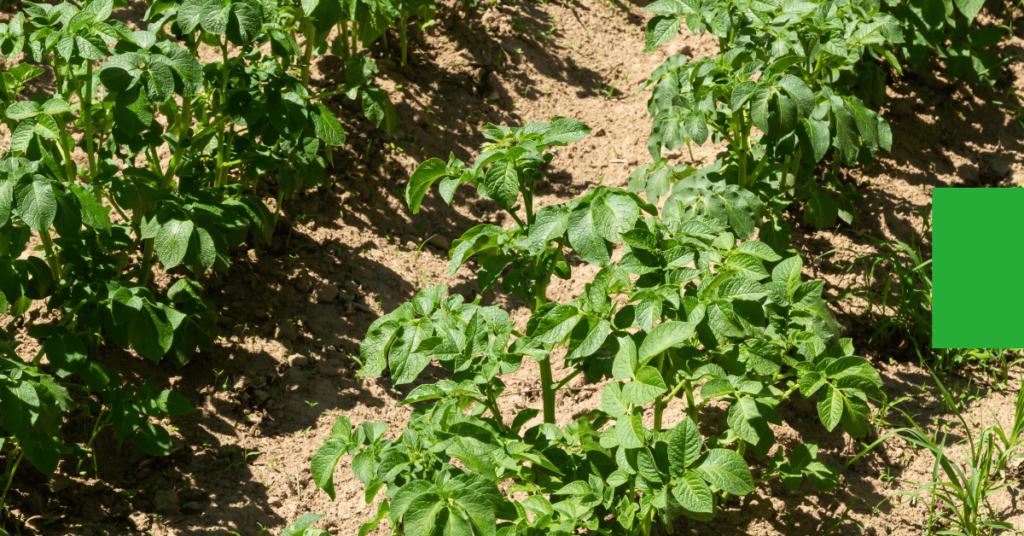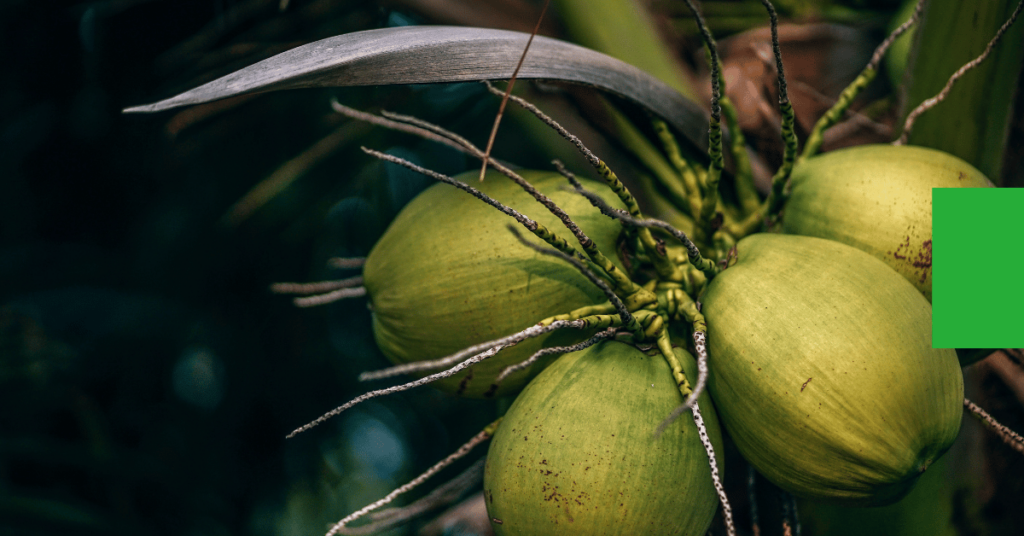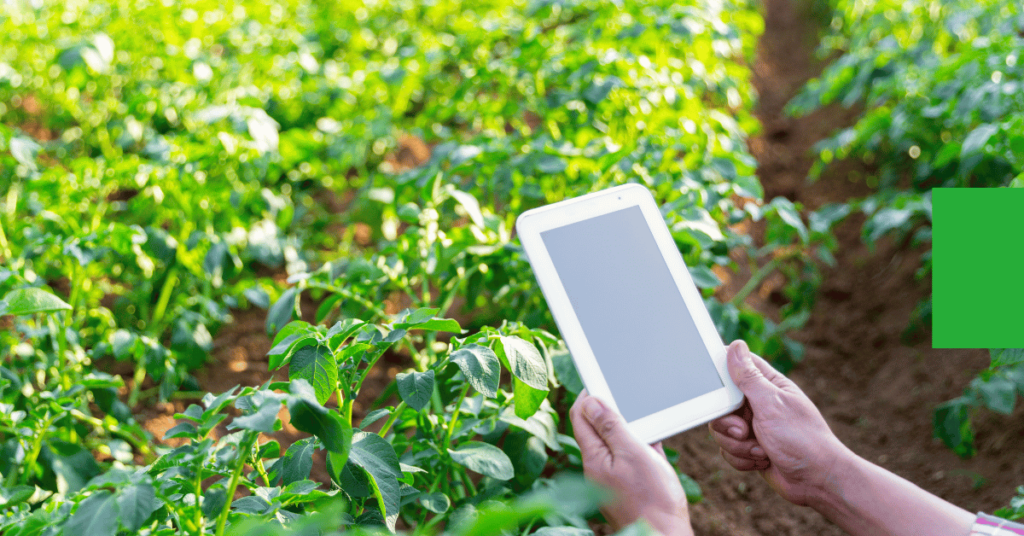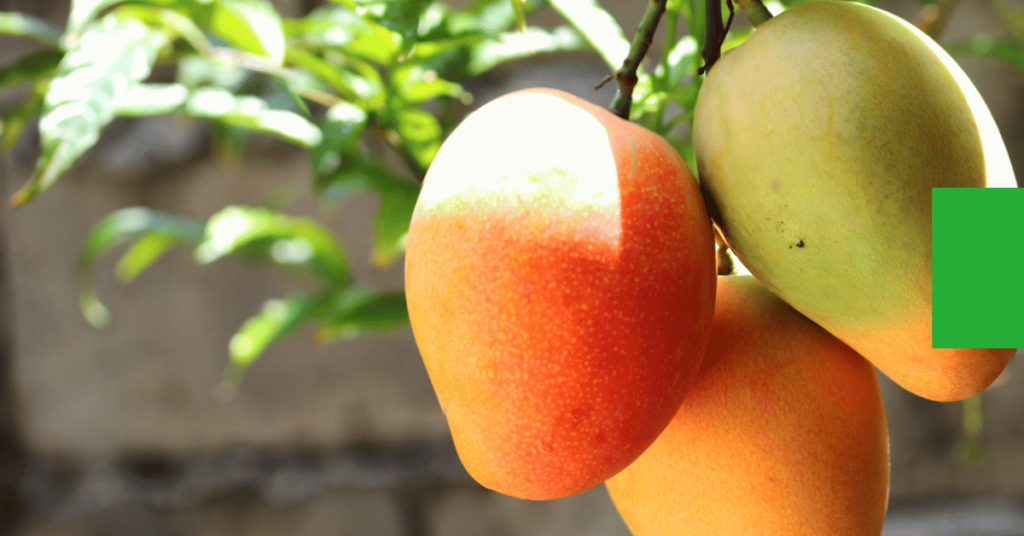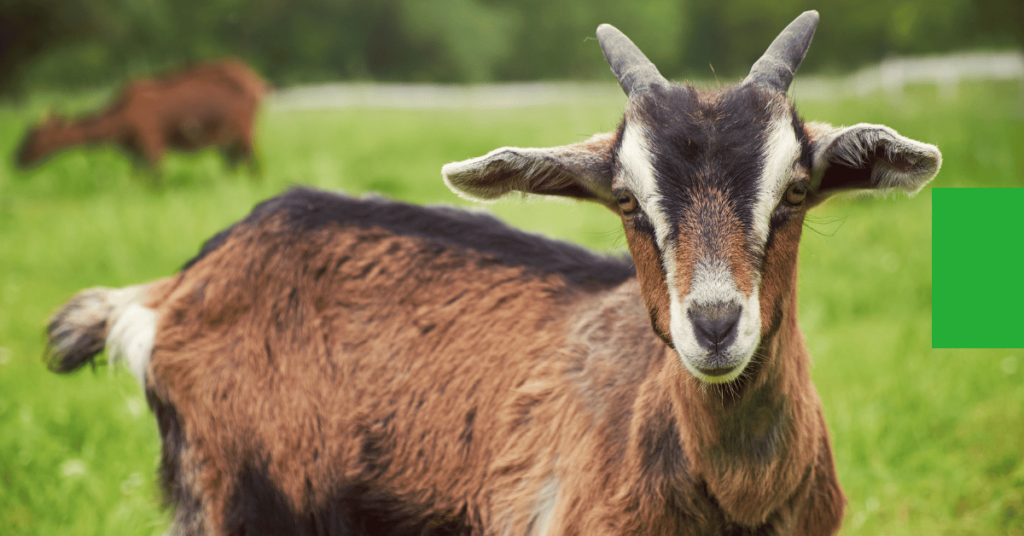Over the years, technological innovation and advancements have transformed the way farming and agriculture are been conducted locally, traditional farming practices have been modernized and optimized with the integration of cutting-edge technologies. These advancements have not only improved productivity but have also addressed various challenges faced by the industry, such as labor shortage and resource management. From automated machinery to precision farming techniques, technology has revolutionized agribusiness in numerous ways. In this article, we will explore the crucial role of technology in modern agribusiness and its impact on productivity, sustainability, and the overall future of farming. Roles of Technology in Modern Agribusiness The agricultural sector has always been essential in the economy of every nation globally for providing food and resources to sustain the growing human population. However, local, crude and traditional farming methods are faced with challenges meeting the ever increasing demand of agricultural products. This is where technology stepped in, the application of scientific knowledge to the practical aims of human life or, as it is sometimes phrased, to the change and manipulation of the human environment. It is the branch of knowledge which deals with engineering or applied sciences (meaning that the ability of man to offer innovative solutions to enhance productivity, reduce waste, and promote sustainable practices within agricultural sector) Challenges of Technology in Modern Agribusiness High initial investment costs, especially for small-scale farmers, can be a barrier to adopting advanced technologies. Limited access to reliable internet connectivity in rural areas can hinder the implementation of data-driven farming practices. Additionally, concerns about data privacy and cybersecurity need to be addressed to ensure the safe and secure use of technology in agriculture. Opportunities of Technology in Modern Agribusiness Allows for innovation, collaboration between various parties It ensures policy interventions geared at creating an inclusive and technology-driven agricultural sector. It increases job opportunities within the agricultural sector It enlarges the scope of agricultural operation which helps in provision of food, and foreign exchange Roles of Technology in Modern Agribusiness There are various roles which technology play in modern agribusiness, which includes Automation and Robotics in Agriculture Precision Farming and Data Analytics Internet of Things (IoT) and Smart Farming Biotechnology and Genetic Engineering Sustainable Practices and Technology Automation and Robotics in Agriculture Automation and robotics have emerged as key drivers of change in modern agribusiness. Farming processes that were once labor-intensive can now be automated, reducing the need for manual labor and increasing efficiency. Robots equipped with artificial intelligence (AI) can perform tasks like planting, harvesting, and sorting with precision and accuracy. This technology enables farmers to streamline operations, increase productivity, and minimize costs. Precision Farming and Data Analytics Precision farming, also known as smart farming, utilizes data analytics, sensors, and GPS technology to optimize agricultural practices. Farmers can gather real-time data on soil moisture levels, nutrient content, and weather conditions, allowing them to make informed decisions about irrigation, fertilization, and crop protection. By leveraging this data, farmers can ensure optimal resource utilization, reduce waste, and improve overall crop health and yield. Internet of Things (IoT) and Smart Farming The Internet of Things (IoT) has revolutionized agribusiness through the concept of smart farming. IoT devices, such as sensors and actuators, are deployed in the fields to collect and transmit data. This data can be analyzed to monitor and control various aspects of farming operations, including irrigation, pest management, and livestock monitoring. Smart farming systems enable farmers to remotely manage and optimize their operations, leading to increased efficiency and productivity. Biotechnology and Genetic Engineering Biotechnology and genetic engineering are among technologies which have significantly impacted modern agribusiness. Through these technologies, scientists can develop genetically modified organisms (GMOs) with desirable traits, such as resistance to pests and diseases or enhanced nutritional content. Genetic engineering has also facilitated the development of crop varieties that can thrive in challenging environmental conditions, contributing to global food security and sustainable agriculture. Sustainable Practices and Technology The integration of technology in modern agribusiness has paved the way for sustainable farming practices. Through precision agriculture and data-driven decision-making, farmers can optimize resource allocation, reduce the use of agrochemicals, and minimize environmental impact. Additionally, innovative technologies like vertical farming, hydroponics, and aquaponics offer alternative methods of cultivation that conserve water, land, and energy while maximizing yields. Precision farming is another significant development driven by technologywhich involves the use of advanced sensors, GPS technology, and data analytics to optimize agricultural practices. Farmers can collect real-time data on soil conditions, moisture levels, and crop health, allowing them to make informed decisions regarding irrigation, fertilization, and pest management. Precision farming maximizes crop yield while minimizing the use of resources, leading to sustainable and environmentally friendly practices. Automation and Machinery One of the key advancements in modern agribusiness is the integration of automation and machinery. Farmers now have access to a wide range of automated tools and equipment that streamline various farming processes. From automated seed planters and harvesters to robotic milking machines, these technologies have significantly improved efficiency and reduced labor-intensive tasks. The Future of Technology in Agribusiness The future of technology in agribusiness looks promising. Advancements in artificial intelligence, robotics, and machine learning will further enhance automation and decision-making processes. The integration of blockchain technology can improve supply chain transparency, ensuring traceability and authenticity of agricultural products. Continued research and development will lead to more innovative solutions, addressing the challenges faced by farmers and enabling sustainable and efficient agribusiness practices. In conclusion, Technology has become an indispensable tool in modern agribusiness which have increased productivity, minimized waste, promoted sustainability, and contributed to the overall efficiency of the agricultural sector. As we move forward, embracing and leveraging technology will be crucial for meeting the demands of a growing population while ensuring a sustainable future for agribusiness. FAQs 1. Is technology only beneficial for large-scale farms? No, technology can benefit farms of all sizes. While some technologies may have higher initial costs, there are scalable solutions available for small-scale farmers as well. It’s important to assess individual farm requirements and explore



